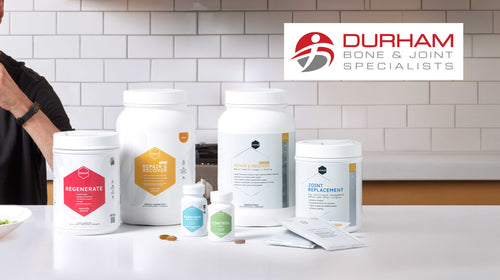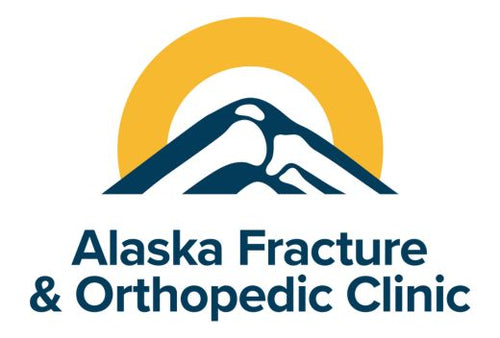There’s that odd that about injuries that they seemingly come at the worst possible time. Just when you’re feeling great about your discipline, your diet and the work you’ve put in. When you’re feeling optimal and eager for the next workout or training session. Or just when you’re about to take that vacation that you’ve been looking forward to have worked so hard to look your best for.
An injury comes along and it feels like life is upended. You’re unable to train and lose your gains, you’re immobile and frustration begins to mount at your inability to do basic things that you took for granted. An injury can feel like a major drag that takes a major psychological toll.
While the healing process will take its due course, there are things we can do aid and accelerate the body’s ability to heal. It’s important to familiarize yourself with the three phases of healing as every musculoskeletal injury goes through the same three phases.
The first phase is the inflammatory period which generally lasts 3 to 5 days. Pain, swelling and redness characterize this phase. Inflammation is the body’s protective response – specialized cells called fibroblasts are attracted to the site of the injury. The fibroblasts begin spinning webs of connective tissue to bind the wound together and seal off or limit the flow of fluids through the area. Keeping the site immobile and providing nutritional support to help your body process the inflammation is critical. A certain amount of inflammation is necessary and good but excessive inflammation is detrimental.
The second phase is the repair phase and begins after the inflammatory period and lasts for about 4 to 6 weeks. During this phase, the tears in the tissue begin to accumulate small protein cells called collagen. These cells create a glue that fills the gap in the tissues caused by the tear. After this phase no more glue will be laid down. The glue is what will become scar tissue. When the glue is making scar tissue in the injured area it is being laid down in a weaker more irregular pattern and not in the stronger, criss-cross consistent pattern. Providing the body sufficient nutritional building blocks for new tissue formation is vital and so is increasing mobility as soon as possible to avoid scar tissue formation. The new tissue in this phase is not yet at full strength and requires the final phase.
The third and last phase of healing is the remodeling phase. This phase begins at about the third or fourth week after injury and can last up to twelve months. In this phase the scar tissue will line up in a more regular pattern and the proper direction to create stronger tissue. This is a motion dependent phase and it is critical to mobilize and strengthen the area through activity.
Rest at the appropriate time/phase, mobility at the appropriate time/phase and increased nutritional support will help your body considerably as it goes through the healing process. We cannot understate the importance of nutrition as when the body is injured it is in a higher metabolic state and requires additional nutrients. Getting the right nutrients into your body can go a long way to getting you on your feet and back to normal life faster.



